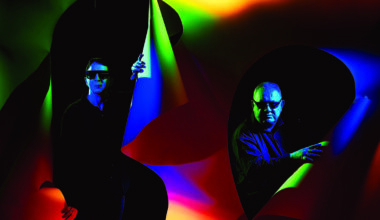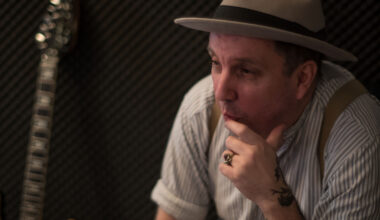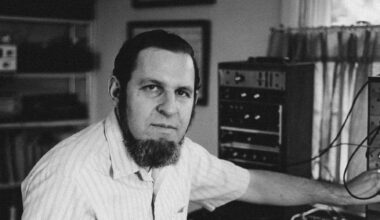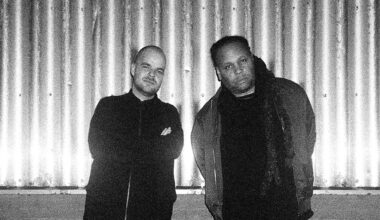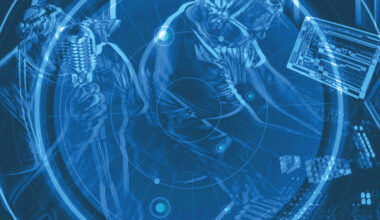From Debussy to Brian Eno, The Orb to Burial, the foundations of ambient are rooted in esoteric, unconventional and often surprising forms and sounds
Want to read more?
Sign up to Electronic Sound Premium to gain access to every post, video, special offers, and more. 100%, all you can eat, no commitment, cancel any time.
Already a premium member? Log in here

